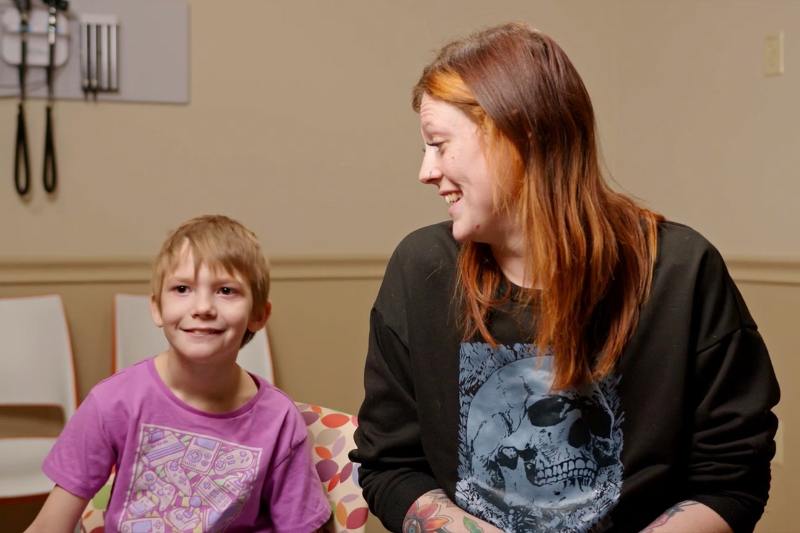In a groundbreaking medical achievement, Karli Fry, an 8-year-old girl from Oklahoma, has become the first child in the world to undergo deep brain stimulation (DBS) using robotic technology. Karli suffers from a rare neurological disorder known as Primary Paroxysmal Dystonia, which causes her involuntary muscle contractions and severely impacts her daily life.
Understanding Primary Paroxysmal Dystonia
Primary Paroxysmal Dystonia is a movement disorder characterized by sudden and severe muscle spasms. These involuntary contractions can lead to temporary immobility and, in Karli’s case, seizures that resulted in complete paralysis. The disorder affected her ability to walk, eat, or sit without assistance. Despite medication offering slight improvements, Karli continued to experience involuntary movements that made self-injury a constant threat.
The Role of Deep Brain Stimulation (DBS)
Deep Brain Stimulation is a surgical procedure used to treat various neurological disorders such as Parkinson’s disease, essential tremor, and epilepsy. DBS involves the implantation of a neurostimulator that sends electrical impulses to specific regions of the brain. These impulses help regulate abnormal brain activity, offering significant relief from symptoms. The integration of robotic technology in performing DBS has allowed for higher precision and improved therapeutic outcomes.
Karli’s Journey to Robotic DBS
Faced with the escalating severity of Karli’s condition, her family and medical team recognized the urgent need for a new and effective solution to enhance her quality of life. The answer came in the form of advanced robotic DBS technology. This innovative approach promised to offer the precision required to target the specific brain regions responsible for Karli’s dystonia.
The Procedure and Its Immediate Impact
The robotic DBS procedure aimed to install a neurostimulator in Karli’s brain to control the involuntary muscle contractions caused by her disorder. Post-procedure, the impact was immediately noticeable. Karli could lower and calm her hands, an ability she did not have prior to the surgery. With the activation of the neurostimulator, she gained more control over her movements, and notable improvements in her speech began to emerge. Karli’s parents are hopeful that this pioneering treatment will serve as a significant step toward better managing her condition and enhancing her everyday life.
Implications for Future Treatments
Karli Fry’s successful robotic DBS operation represents a monumental milestone in medical science and the treatment of neurological disorders. This innovative approach has the potential to pave the way for new treatments and significantly improve the lives of countless other patients experiencing similar conditions. The success of this procedure showcases the promising future of robotic technology in medicine, hinting at a new era of precision and effectiveness in treating complex disorders.
Despite being a historic case, Karli’s journey also underscores the continuous need for advancements in neurotherapy. Researchers and medical professionals are optimistic that this success will drive further studies and innovations, ultimately making such life-changing procedures more accessible to a wider patient population.
As the medical community looks to the future, the spotlight remains on robotic technology and its transformative potential. Karli’s experience is a testament to the incredible possibilities that lie at the intersection of technology and human resilience, offering renewed hope to those affected by debilitating neurological conditions.
